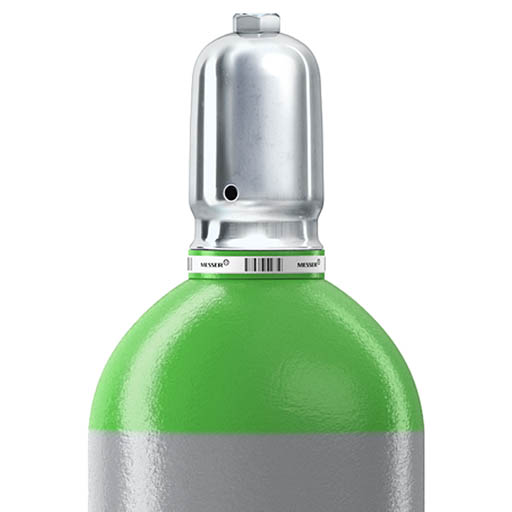GAS APPLICATION
To avoid ignitable or explosive coal dust/air mixtures, the head room of the bunker and mills is made inert. During inerting, the air is displaced by inert gases so that the reactive atmospheric oxygen in combination with carbon dust no longer presents a risk of fire or explosion.
Advantages of explosion and product protection:
Increased safety for employees
Protection of facilities and products
Compliance with quality standards
Fulfillment of legal requirements
Reduction in insurance premiums
Greater reliability of supply
MESSER SOLUTION
Bulk materials or dusts are sources of fire or explosive hazards; with inerting providing safety. During inerting, air and the oxygen contained therein are displaced by an inert gas. Inert gases are gases which are not very reactive, such as, for example, nitrogen and carbon dioxide, as well as all noble gases. As one of the leading industrial gases companies Messer has extensive know-how in the field of inerting and provides the required gases. In order to eliminate the risk of explosion through combustible dusts, gases or vapours, the oxygen content in the atmosphere is lowered so that there is no longer a combustible mixture i.e. the oxygen content is below the so-called minimum oxygen concentration. As the minimum oxygen concentration is material-specific, the inerting process has to be designed individually.
Which is the "right" inerting method?
In order to select the optimum inerting process for each case, experts from Messer first perform a comprehensive system analysis. In doing so, they take account of the structural requirements, the geometries of the storage tank as well as the material specifications. In the case of initial or occasional inerting, the corresponding system parts are flushed with an inert gas. Favourable container geometries, such as widely spaced inlet and outlet ports, reduce the amount of inert gas required. The type and purity of the gas used must also be taken into consideration in order to achieve the required residual oxygen concentration. In most cases, nitrogen is used for inertisation.
Theoretically required purge gas to achieve a desired O2 concentration
Messer offers 4 types of inerting.
Permanent inerting
Inerting when required
Inert gas locks
Inerting for fire-fighting

